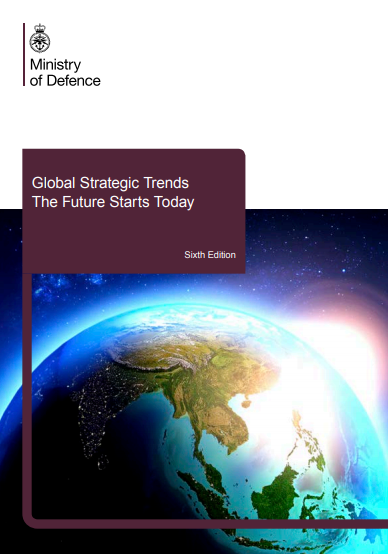 The many IWSN blogposts I have written have an underpinning theme: getting ecosystems working and embedding their diverse and mainly unappreciated values into the full spectrum of societal policy and practice.
The many IWSN blogposts I have written have an underpinning theme: getting ecosystems working and embedding their diverse and mainly unappreciated values into the full spectrum of societal policy and practice.
As a culmination (to date) of that vision and mission, my new book Rebuilding the Earth: Regenerating our planet’s life support systems for a sustainable future has just been published. The book documents the ways in which restoration of damaged ecosystems across the world is lifting people out of poverty, helping to address flooding and water quality issues, regenerating fish stocks and biodiversity, storing carbon to tackle climate change, cycling nutrients, ameliorating microclimate and air quality, and rebuilding soil fertility, alongside many other interlinked benefits. Supporting case studies include a great deal of IWSN research on water systems and forests in India as a basis for socio-ecological regeneration in Rajasthan, the Himalayas, West Bengal and Tamil Nadu.
A key message of the book is “Yes we can!” In fact, this is a subtitle of one of the book’s concluding chapters. In microcosm and at grander geographical scales across the planet, in countries at all levels of development and from great landscapes to small urban niches, there are examples of ecosystem protection or enhancement delivering a wealth of human benefits. There are common principles that are elucidated as frameworks for thinking about how to embed natural processes and their values into ALL policy areas.
 One perhaps surprising case study is the way that sectors of the Ministry of Defence (MoD) in the UK recognise ecosystem vitality as crucial for the peace-making/keeping agenda. For example, the eighth iteration (2018) of the MoD’s Global Strategic Trends: The Future Starts Today report mentions water a staggering 228 times! Water is life, and all conflict is about contested resources in one guise or another, whether dressed up as ideology, belief or whatever. Soil and foods also, perhaps unsurprisingly, feature frequently. This recognition of the fundamental values of ecosystems for human security and opportunity is very welcome, as well as being one of the strongest articulations of the mainstream value of ecosystem services across government.
One perhaps surprising case study is the way that sectors of the Ministry of Defence (MoD) in the UK recognise ecosystem vitality as crucial for the peace-making/keeping agenda. For example, the eighth iteration (2018) of the MoD’s Global Strategic Trends: The Future Starts Today report mentions water a staggering 228 times! Water is life, and all conflict is about contested resources in one guise or another, whether dressed up as ideology, belief or whatever. Soil and foods also, perhaps unsurprisingly, feature frequently. This recognition of the fundamental values of ecosystems for human security and opportunity is very welcome, as well as being one of the strongest articulations of the mainstream value of ecosystem services across government.
We can of course add to this progress with the natural flood management (NFM)/nature-based solutions agenda, urban green infrastructure, attributes of river restoration, and source protection of raw water quality through catchment management, reducing the costs of abstracted water treatment downstream.
But, beyond these instances, the ‘mainstreaming’ of the full and interlinked values of nature remains depressingly minimal and marginal despite the promises made following the 1987 ‘Brundtland Report’, signing up to the Convention on Biological Diversity and its 12-point Ecosystem Approach in 1992, the UK Government’s 2011 Natural Environment White Paper The Natural Choice, and so on and on.
Notwithstanding contrary voices, the global climate agenda is gathering pace internationally. The importance of the roles of forests, peatlands, wetlands, oceans and soils in the carbon cycle are increasingly widely recognised. We need the wisdom to also recognise that the functions of these ecosystems have cross-sectoral benefits too, from the security of food to that of supply chains and conflict avoidance, management of flooding, transport infrastructure and urban air quality, major interlinked contributions to public health, amenity and inspiration, biodiversity enhancement and natural fishery recruitment, as well as linked recreational and contingent valuation benefits.
Yesterday’s model of progress was largely technocentric, in practice short-term and working in opposition to natural processes. Tomorrow’s must necessarily be symbiotic, applying engineering judiciously to work in synergy with protected or regenerated natural infrastructure that is the ultimate underpinning resource either limiting or expanding human wellbeing and opportunity.
